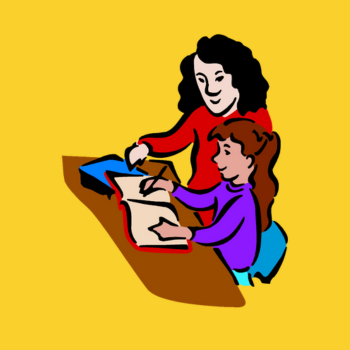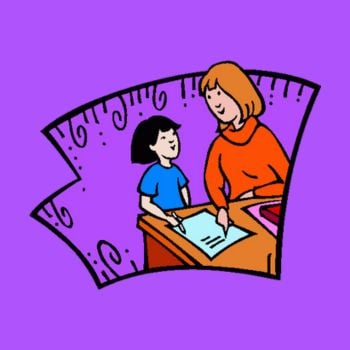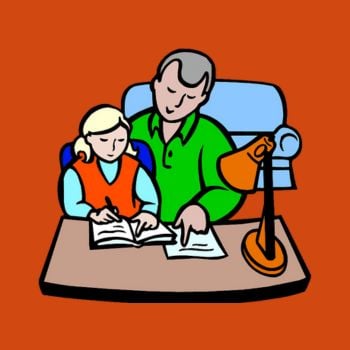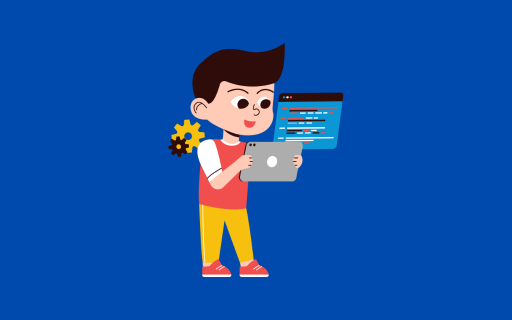Conversation with Mrs. Shivani Kotwal conducted by Samyak Jain and Mansi Agrawal, class 10 students of Subodh Public School, Jaipur and Emerging Leaders at NoticeBard.
Can you tell me about your teaching philosophy and approach to education?
A teaching philosophy is a set of ethics and guidelines on how to instruct students. I support collaborative and learner-centred teaching and learning strategies. The most crucial thing is to foster critical thinking and a passion for learning to meet the requirements of many learners. Since each learner is different, this idea works quite well.
How do you differentiate instruction to meet the needs of diverse learners in your classroom?
I provide directions to students in the same category based on their performance in class and the range of their responses because every child is different and has a distinct learning style and speed. I give them several resources to cater to their comprehension levels.
What, in your opinion, are some of the key causes of students’ aversion to mathematics? How can you interest kids in the subject and get them passionate about it?
If we correlate things and subjects especially mathematics which students find tough with real life, it makes them feel easy to understand. The reason for students’ aversion to mathematics is fear of failure, lack of relevance, ineffective teaching, lack of confidence, peer pressure, parental pressure, negative mindset etc.
Students’ interest can only be developed by counselling them personally and correlating Maths with the real world. Boosting their morale always helps as psychology plays a crucial role in removing the fear of subjects. Giving them Puzzles, organizing interactive quizzes, and asking them to solve reasoning questions and not syllabus questions all the time helps develop love and passion towards the subject.
Showing Visual representations, and videos always helps abstract concepts more concrete and easier to understand. Project-based learning, peer tutoring, Personalized learning. Use of technology, to cultivate curiosity for the subject helps. These are useful teaching pedagogies which every educator must adopt.
What strategies do you use to create a positive and inclusive classroom environment? We’ve heard that in addition to being informative, your teaching style also includes humour. Could you explain how you balance these two factors to produce a productive and interesting learning atmosphere in the classroom?
Active learning, critical thinking, personalized teaching, creativity, technology integration, art integration, collaborative approach, feedback and assessment, real-world assessment, lifelong learning, and cultural sensitivity.
Humour must be a part of everyone’s life. Students get bored when they are taught in a stable and straight manner. In between a teacher must talk to them about some topic considering a short break as this energizes pupils. After all a teacher also needs a break. The classroom environment should always encourage students to be regular. I try to avoid boring lectures and incorporate some examples and anecdotes in my explanations.
How do you assess student learning and track their progress?
Assessment through weekly tests, oral tests, frequent day-to-day VIVA questioning, and mid-term and year-end assessments both oral and written. Internal grading through different activities, laboratory work, maintaining portfolio etc.
Can you share an example of a particularly challenging classroom situation you’ve encountered and how you handled it?
Although there haven’t been any behavioural issues as such, the grade 10 class of 2022–2023 faced academic difficulties because they were particularly slow math learners. To improve their academic performance, I used all of my teaching techniques. With their help, I was able to ultimately ace the board exam.
Your travels to Germany and Switzerland during exchange programs and involvement with the VIDYADAAN portal and the CBSE academic website sound fascinating. What effects have these encounters had on your teaching style and knowledge of international educational practices?
It was a great experience understanding and knowing the teaching style of students in Germany. They were more focused on whatever task was assigned to them which is very important for a student. As I have a hobby of writing articles for newspapers and have authored course textbooks, I keep encouraging my students to be active as well. My educational teaching videos were uploaded on the VIDYADAAN portal and questions were selected for the CBSE academic website gave me a high sense of motivation. So I keep encouraging students for the same.
What do you see technology playing in modern education, and how do you integrate it into your teaching?
Technology plays a crucial role in the realm of education as a tool to improve the teaching and learning process. For an effective pedagogy, it’s critical to maintain a balance between traditional and technology-based schooling. Nowadays, students are more accustomed to using electronic devices. As pupils are more accustomed to it, I guide students as well as keep myself updated on the most recent technological advances.
How do you collaborate with colleagues and parents to support student success?
Regular meetings are held and parents are kept updated about their children. They can communicate with the teachers both offline and online. The welfare of students is decided upon at regular faculty meetings. Suggestions from the faculty and parents are considered.
What professional development opportunities have you pursued to enhance your teaching skills?
As there are many online educational resources available, I have enrolled in these courses to keep up with the most recent technological advancements. GEOGEBRA, for instance, is a useful mathematical tool. I also participate in a number of workshops, webinars, and seminars.
Peer and professional collaboration is beneficial to the teaching and learning process. I am also affiliated with social media forums and other platforms for teaching that allow teachers to exchange beneficial instructional materials as well as their experiences. The newest trends and technology can be learned about during educational conferences. Establishing connections with other agencies.
Can you describe a memorable teaching success story that you’re proud of?
Students who worked on my math project ideas and successfully entered and won math exhibition model competitions make me proud. I assisted them with projects including the ‘Golden Ratio’, ‘The Use of Mathematics to Stop Soil Erosion in Hilly Areas’, ‘Mathematics and Cropping of Groundnuts’, ‘Mathematics and Parking, and other topics.
How do you stay up-to-date with the latest educational trends and research?
It aids in learning to subscribe to the most recent educational publications, use library books, review research articles, case studies, and articles, and keep up with current trends. I continue to take part in education-related radio podcasts.
Participation in teacher competitions is also beneficial. My hobby is sharing newspaper articles. Additionally, I’ve authored math textbooks for pupils in grades 10, 11, and 12. While addressing these questions cheerfully, I, as an instructor, encourage lifelong learning and look for possibilities, preserving a good outlook and method of staying current.
Image taken from here.










